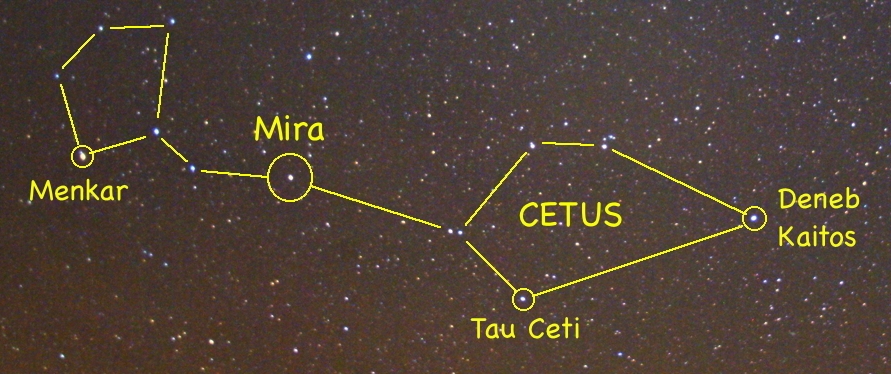Hrungnir, Thor's Mightest Foe
by Peter Krüger
©2012
[Germanic Astronomy]
 |
 |
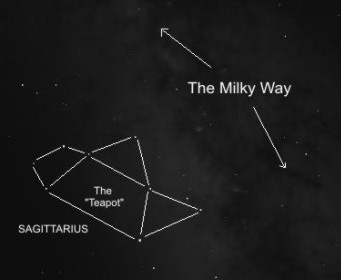 |
Brightest Shining of Stars
| Þórr fór heim til Þrúðvanga, ok stóð heinin í höfði honum. Þá kom til völva sú, er Gróa hét, kona Aurvandils ins frækna. Hon gól galdra sína yfir Þór, til þess er heinin losnaði. En er Þórr fann þat ok þótti þá ván, at braut myndi ná heininni, þá vildi hann launa Gró lækninguna ok gera hana fegna, sagði henni þau tíðendi, at hann hafði vaðit norðan yfir Élivága ok hafði borit í meis á baki sér Aurvandil norðan ór Jötunheimum, ok þat til jartegna, at ein tá hans hafði staðit ór meisinum, ok var sú frerin, svá at Þórr braut af ok kastaði upp á himin ok gerði af stjörnu þá, er heitir Aurvandilstá. Þórr sagði, at eigi myndi langt til, at Aurvandill myndi heim koma, en Gróa varð svá fegin, at hon mundi enga galdra, ok varð heinin eigi lausari ok stendr enn í höfði Þór, ok er þat boðit til varnanar at kasta hein of gólf þvert, því at þá hrærist heinin í höfði Þór. | "Thor went home to Thrúdvangar, and the hone remained sticking in his head. Then came the wise woman who was called Gróa, wife of Aurvandill the Valiant: she sang her spells over Thor until the hone was loosened. But when Thor knew that, and thought that there was hope that the hone might be removed, he desired to reward Gróa for her leech-craft and make her glad, and told her these things: that he had waded from the north over Icy Stream and had borne Aurvandill in a basket on his back from the north out of Jötunheim. And he added for a token, that one of Aurvandill's toes had stuck out of the basket, and became frozen; wherefore Thor broke it off and cast it up into the heavens, and made thereof the star called Aurvandill's Toe. Thor said that it would not be long ere Aurvandill came home: but Gróa was so rejoiced that she forgot her incantations, and the hone was not loosened, and stands yet in Thor's head. Therefore it is forbidden to cast a hone across the floor, for then the hone is stirred in Thor's head. |
However, the identity
of Aurvandil and his toe is still very vague. I would like to add some
new thoughts to it:
I assume that the slaughter of
Hrungnir by Thor describes the setting of Sagittarius in the Southwest
at the time of the rising of Taurus. The first part of Taurus rising is
the asterism of the Pleiades. I have already identified it as the hammer
of Thor, Mjöllnir. This agrees with the
story, which syas that Thor threw his hammer from afar. Then we have the
strange detail of Thor laying flat on his back, pinned under the foot of
Hrungnir laying on top of him. Again, this agrees with the rising of
Taurus.
At its rising the constellation Taurus lays sideways on the horizon. The first star rising from Taurus is the star Elnath (Beta Tauri). It is at the same time the tip of the horn of Taurus and the heel of the constellation of the Charioteer!
 |
We also find the obscure detail that a shard of Hrungnir's hone stuck in Thor's forehead. I assume this refers to Aldebaran, the bright red star in the head of Taurus. According to Gavin White, in Sumerian astronomy, this star was called the Fire-star, a very appropriate name for a piece of a hone.
When he goes to the sorceress Groa to have it removed, Thor announces to her that her husband Aurvandill will soon return. Surely this refers to the constellation rising directly after Taurus, one of the most famous and brilliant constellations: Orion with its bright belt. Interestingly this constellation was brought into connection with Aurvandil before, although with difficulty.
So what about the strange story concerning Aurvandil's toe? It has already been assumed that this is the star Rigel, but this doesn't make a lot of sense. I would like to propose a new theory. At the same time as Taurus rises another constellation is also rising: Auriga, the Charioteer. If you look at the star pattern forming Auriga you can indeed see a shape like a chariot (without wheels however).
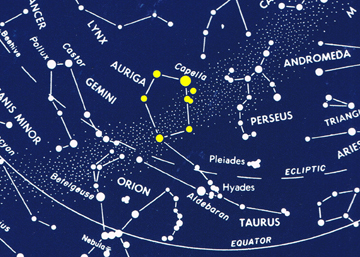 |
Perhaps this constellation was seen in this story not as a chariot but as a basket. The brightest star of this constellation is the star Capella, and my guess is that this star is the mysterious toe of Aurvandil. It seems that the rising of Orion was very important for the people of that time and that Capella (incidentally, the third brightest star of the northern hemisphere) announced the coming of Orion. I should mention that Auriga lays directly on the Milky Way, brought into connection with the Elivagar of myth many times before. Thus, Thor/Taurus was seen carrying Aurvandil/Capella in a basket/Auriga on his back, across the mighty Elivogar/Milky Way.
Are there any other parts of the story which help support the identifications made above? I think so:
In the first part of
the Hrungnir myth it is described how Hrungnir rode on a horse called
Gullfaxi (golden mane) to Asgard. Directly before the rising of the
Pleiades the constellation of Aries is rising. I described in another
post that Aries can be identified as Freyr's boar Gullinbursti (golden
bristles). The name refers to the shape of the stars of Aries, which
look like the golden mane of a boar – or a horse. Riding Gullfaxi,
Hrungnir stops at the beer-hall of the Aesir (the Pegasus square) and is
served ale by Freyja, depicted as Andromeda.
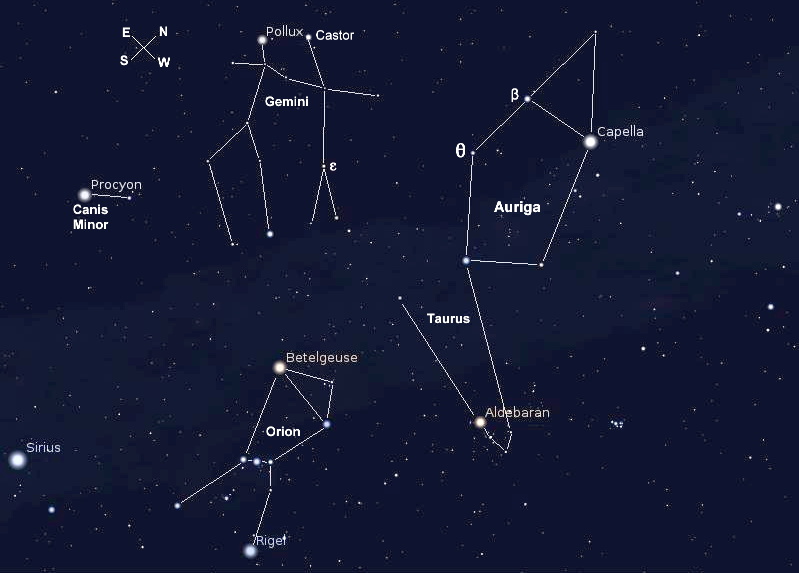
|
"At the feet of Charioteer seek for the crouching horned Bull [Taurus]. Very lifelike are his signs; so clear defined his head: not by other sign would one mark the head of an ox, since in such wise those very stars, wheeling on either side, fashion it. Oft-spoken is their name and not all unheard-of are the Hyades. Broadcast are they on the forehead of the Bull. One star occupies the tip of his left horn and the right foot of the Charioteer, who is close by. Together they are carried in their course, but ever earlier is the Bull than the Charioteer to set beneath the West, albeit they fare together at their rising." |
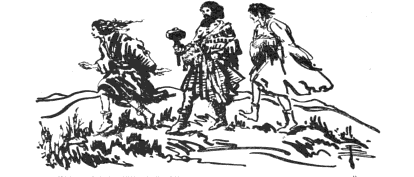
Thjalfi and Mokkurkalfi:
Some additional thoughts about the Hrungnir myth.
But how does the side story of Thjálfi fighting Mökkurkálfi fit to the main story?
Already Bjorn Jonsson proposed that Mökkurkálfi represents the Milky Way next and above of Sagittarius. But where to find Thjálfi? We might find an answer if we read carefully the text. It explicitely states that Thjálfi stands next to Hrungnir and not side by side to Thor:
"Then Thjálfi ran forward to the spot where Hrungnir stood". We therefore have to evaluate the constellations next to Sagittarius and the Milky Way. And indeed we find a striking similiarity of the name Thjálfi to a small constellation nearby: Delphinus, Greek delphin, the dolphin. It is also relevant to study the Sumerian/Babylonian name for it. Normally it is translated as pig or swine but another variant is 'young man, child'. We therefore find on one side a very similar name and on the other side a description fitting Thjálfi. So, even the name Thjálfi appears as a personal name in northern sources and the explanation as *þewa-alfaR, serving-elf seems to be widely accepted the name might have another root (or the Greek delphin that has no prototype in Babylonian sources is based on a new interpretation of a name no longer understood).
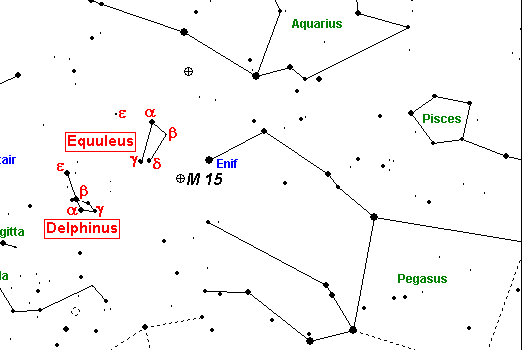 |
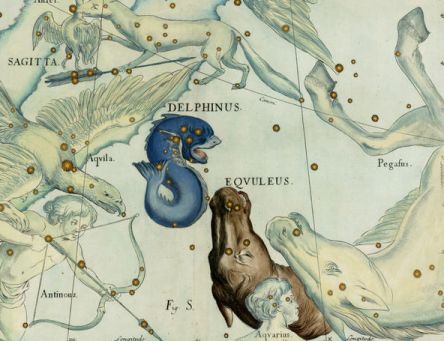 |
If Thjálfi is indeed connected to the constellation Delphinus we should also find an explanation for his sister Röskva (often translated as 'the fast one', German: die Rasche, die Schnelle). The translation 'the fast one' might lead us to the small constellation next to Delphinus, the constellation of Equuleus, the foal. Like Delphinus it is a very small constellation, explaining why Thjálfi and Röskva were seen as children. Both siblings appear in a story where Thjálfi sucks the marrow of a leg bone of a goat. As a result the goat is lame. It is possible that this goat is represented by the constellation of Capricornus (already assumed from Jónsson), the goatfish of ancient astronomy. We therefore have to distinguish between the story of Thjálfi and the lame goat and the tale of Thor's chariot (relating to the constellation Auriga with the star Capella, the she-goat, or the two stars called Haedi, the goat kids).
The two siblings are also connected in another story to Egil, known as an archer in other sources. If Egil corresponds to Sagittarius, the archer, we find here another link between Delphinus and Sagittarius.
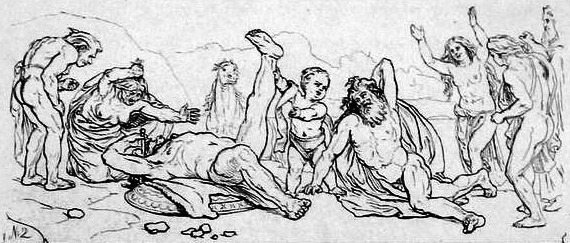
MAGNI:
The Son of Thor
If the Hrungnir myth indeed describes the rising of Aries/Gullfaxi, the Pleiades/Mjollnir and Taurus/Thor than we must find next to Aries and Taurus also Magni. The key to this riddle is that he would have used his fist to smash Hrungnir. From the description of the text alone the only candidate is the nearby head of Cetus. Now, this 5-star asterism is called from the Arabs (who depend normally on Greek sources) Al Kaff alJidhmah, the Part of a Hand, so this is the mighty fist of Magni being able to draw Taurus up from the horizon. Al Kaff alJidhmah is a part of Cetus leading back to the Greek sea goddess Keto. And guess what a byname of Keto is: Trienos "the three-year old"...
And of course the head of Cetus "the fist of Magni" is than also Jarngreipr, the powerful glove of Thor he needs to hold Mjollnir/Pleiades
